Squatting With a Belt: Everything You Need to Know
Whether your goal is to strengthen your core or leg muscles or improve your squat and overall training performance, squatting with a belt will help you achieve your desired results.
However, most people ask: Should I wear a belt when squatting? Is squatting with a belt bad? What does a belt do for squats? What time should you wear a squatting belt? When should I wear a belt for squats?
In this article, we will explain the concept of belts for squats, as well as their advantages and disadvantages. We will also cover factors to consider when choosing the right weightlifting belts for squats.
Squatting with a belt creates high pressure within the abdomen. An increased-abdominal pressure reduces shear stress on the spine, resulting in a lower risk of injuries. Wearing a belt for squats also improves lifting power and muscle activation in the core and legs.
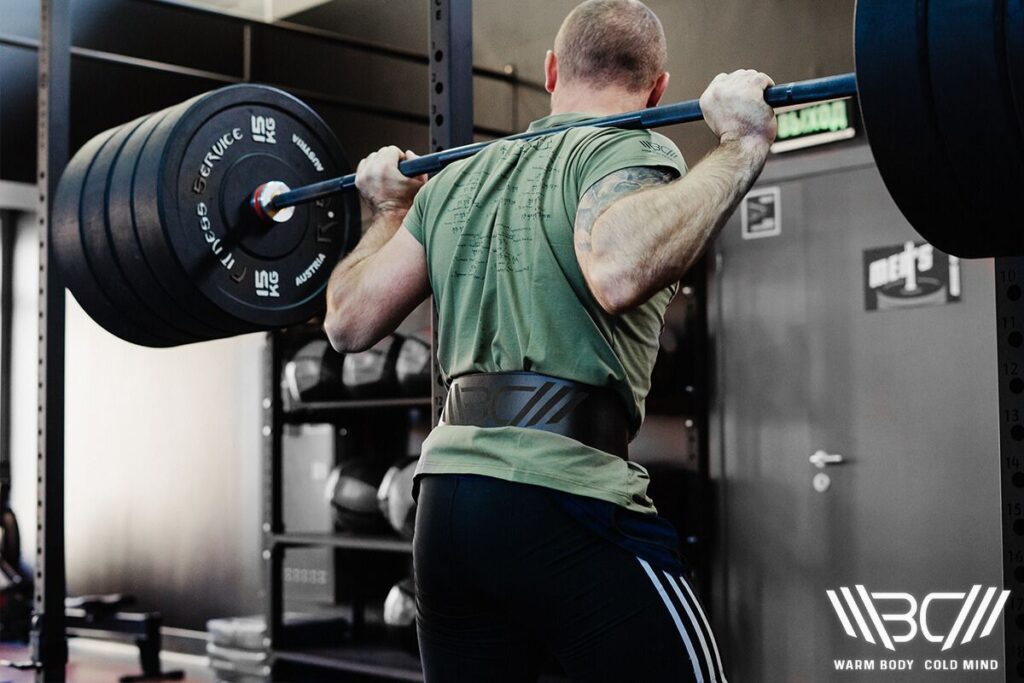
Belt for Squats: What It Is and What It Is Used For?
A belt for squats is a weightlifting gear worn tightly around the belly button. A belt for squats is used to increase intra-abdominal pressure and force the core muscle to work harder. This results in improved performance, muscle activation, and power.
The question is: should you squat with a belt?
Advantages and Disadvantages of Wearing a Squat Belt
Wearing a squat belt has its pros and cons. Most people wonder: do you need a belt for squats? Here are some benefits of wearing a squat belt:
✅ Reduces Lower Back Stress
Wearing a squat belt reduces low back stress by contracting the abdominal cavity. This leads to an increase in intra-abdominal pressure and supports the front lower back bones.
A study published in the National Library of Medicine reveals that squatting produces high intra-abdominal pressure (IAP).
Since the IAP supports the lower back, the spinal erector muscles, which are generally responsible for supporting the lower back, perform less duty. This reduces lower back stress.

Discover the strength of the Warm Body Cold Mind nylon lifting belt. Lightweight and durable, it provides optimal support for your workouts.
✅ Increases Muscle Activation in the Core and Legs
Several scientific studies show that wearing a squat belt promotes the activity of spinal erectors. Spinal erectors comprise the muscles in the lower back. This increases muscle activation.
In addition, a study published in the Journal of Strength and Conditioning Research reveals that wearing squat belts increases the activation of rectus abdominis muscles (also known as the Six-pack muscles).
Furthermore, a study analyzing the effectiveness of weight belts while performing squat exercises demonstrates that wearing a squat belt promotes activation of the quad muscles as a result of the sticking point of a squat. It also enables the activation of the hamstring as a result of set progression.
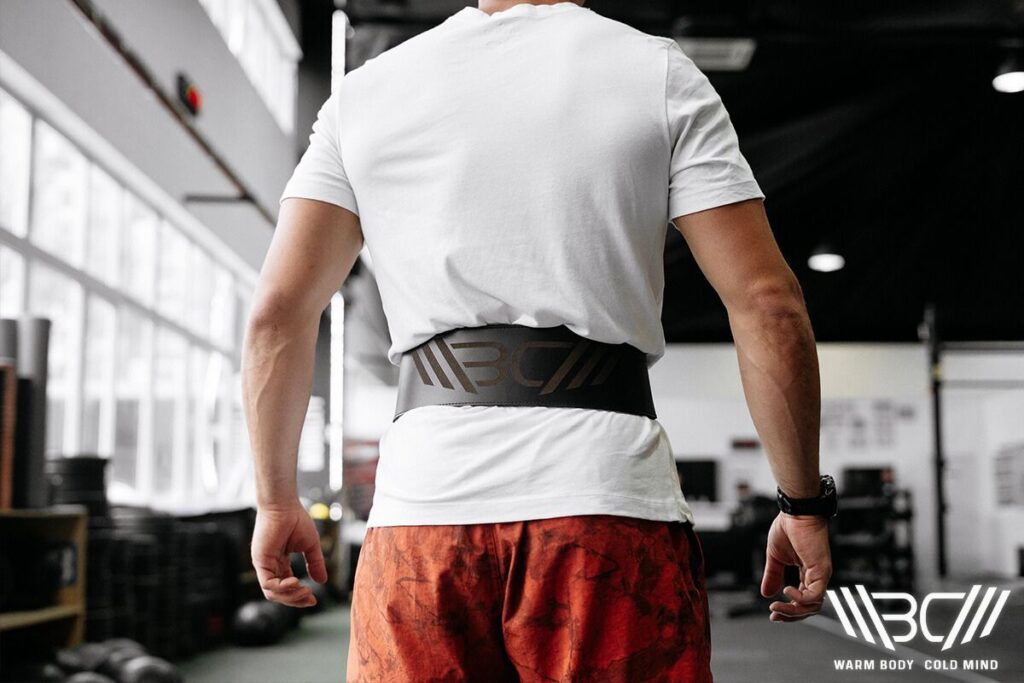
✅ Improves Lifting Power
Several studies have shown that properly using a weight belt improves lifting power.
Mathematically, power is the sum of speed and strength.
Since power involves the ability of an individual to apply as much force as possible in the shortest amount of time, however, there is an increase in power when someone lifts heavier weights at the same speed or the same weight at a faster rate.In addition, scientific studies have proven that wearing belts improves explosive power by increasing the speed of movement.
✅ Reduces the Risk of Injury
Scientific studies have shown that wearing a squat belt reduces the risk of injuries by increasing the intra-abdominal pressure and activating the core and low back muscles.
This is because the activation of the core and back muscles decreases low-back fatigue and stress on the spine, resulting in a reduced risk of injuries.
✅ Enhances Trunk Stability
By increasing IAP, squatting with a belt enhances trunk stability. Trunk stability plays a role in maintaining tension and positioning during exercises. A study published in the British Journal of Sports Medicine suggests that wearing a belt helps to improve trunk stability.

Enhance your strength training with Warm Body Cold Mind leather weightlifting belt providing exceptional support and durability.
✅ Improves Body Biomechanics
Clinical trials show that weight belts decrease maximum spin flexion (forward bending of the spine), spin extension (backward bending of the spine), lateral flexion of the spin (twisting side to side) increasing hip and knee flexion.
This implies that a belt trains you to lift with your legs rather than your back, which is the proper biomechanics position. It also helps you to maintain an upright torso.
✅ Mental Support
Performing squats can be exhausting, difficult, and mentally draining, especially for newbies. With supportive gears like belts, many people feel very positive and confident in completing their lifts.
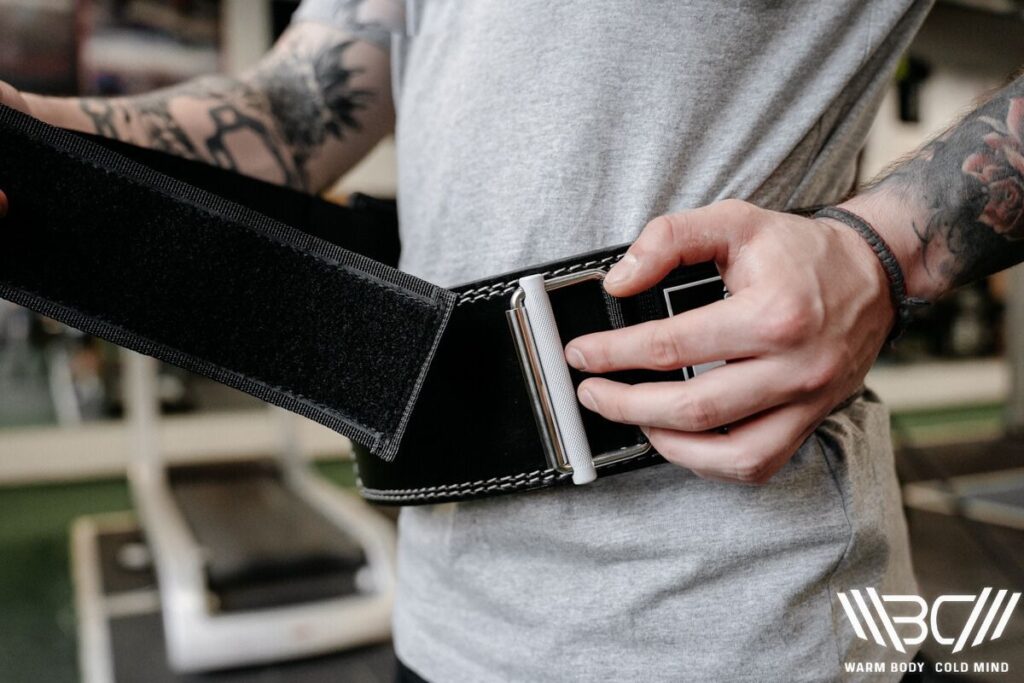
❌ Less Engagement in Abdominal and Oblique Muscles
A few studies have shown that EMG activity in the oblique and abdominal muscles is higher for those who did not wear belts than those who did.
This suggests that weightlifters who wear belts may weaken their core muscle’s ability to produce sufficient tension on their own. This results in feeble core muscles.
If you’re new to weightlifting or plan to lift a lighter load, it’s best to go beltless to develop strong core muscles. This is one of the benefits of squatting without a belt.
❌ False Sense of Security and Support
Wearing a squatting belt frequently can create a false sense of security. Some lifters may become accustomed to having their torso fully braced. Because of this, they may struggle with lighter loads without wearing one.
Some who haven’t mastered their own abilities, stability, and positioning may attempt to lift heavier weights because they believe the belt will protect them.
❌ Slows Down Growth
If you’re a newbie, wearing a belt too early can hinder your muscular development, especially if you are just learning the basics, such as movement, or practicing with lighter loads.
This is because training with a belt will rob you of the stabilization required for beltless training.
❌ Slightly Affect Mechanics
A belt can slightly alter your hip and back mechanics. That’s why most coaches advise you to wear a belt on your last warm-up before performing sets to maintain consistent mechanics.

❌ Can Lead To Over-Dependency
Consistent use of a squat belt can lead to over-dependency. Some lifters struggle to lift without putting it on, even when lifting lighter weights. For others, it becomes a crutch.
Before wearing a belt, it’s vital to create rules to prevent yourself from abusing it.
❌ Pain and Discomfort
When using a thicker and larger leather belt, most people experience pain, punching, and discomfort.
This is the reality for shorter people and those who get their skins caught up with the belt.
Getting caught up with the belt can be uncomfortable and ruin your experience. That’s why it’s recommended to get your body size.
❌ Higher Blood Pressure
Since squatting belts increase your intra-abdominal pressure, you can experience higher blood pressure, especially when doing more difficult sets.
Suppose you have health complications or high blood pressure. In that case, you need to carefully observe your body for high blood pressure symptoms or signs.
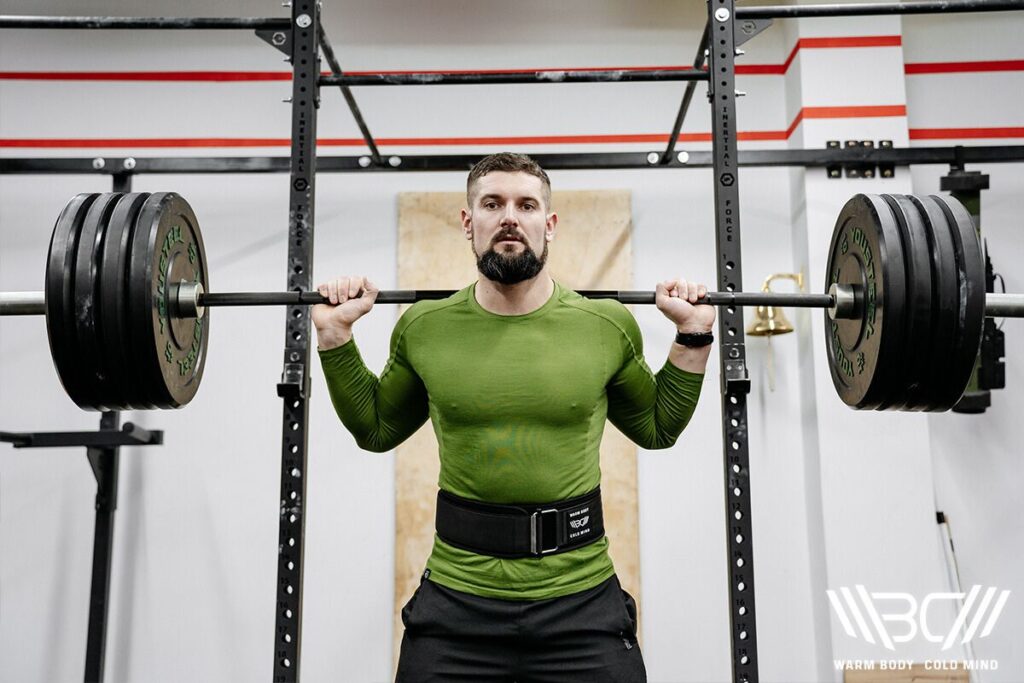
Who Should Wear a Belt for Squats?
If you want to strengthen your muscles and improve your squats, you should wear a belt for squats.
Some examples of athletes who wear a belt squat are powerlifters, Olympic lifters, and bodybuilders.
Whether you’re competing in a professional sport or not, wearing a squatting belt can help provide support and help you achieve your goals if you want to build strength or lift heavier loads.
For newbies, a belt can easily help them learn how to brace up their torso. For experienced lifters, it can help them improve their torso bracing skills. Improving your torso bracing skills takes many repetitions and time.
Subscribe!
The latest reviews of must-have home gym training equipment, apparel, and supplements that will enhance your performance and bring you new results.
Factors to Consider Before Choosing a Weightlifting Belt
Here are two major factors to consider before choosing a weightlifting belt:
1. Training History
Training history is a vital factor to consider before choosing a weightlifting belt. Your training history encompasses the amount of time you’ve spent lifting weights and how long you’ve been performing a particular sport.
For instance, an athlete could have been lifting weights for up to ten years with only three years of experience in a particular sport.
However, it’s advisable to wear a belt after building a solid amount of muscles and understanding the exercises.
2. Sport and Intent
You should purchase a belt based on the particular sports being trained for and your intent. Suppose you plan to perform a sport requiring heavier weights. In that case, it’s advisable to get a belt as it provides support and reduces the risk of injuries.
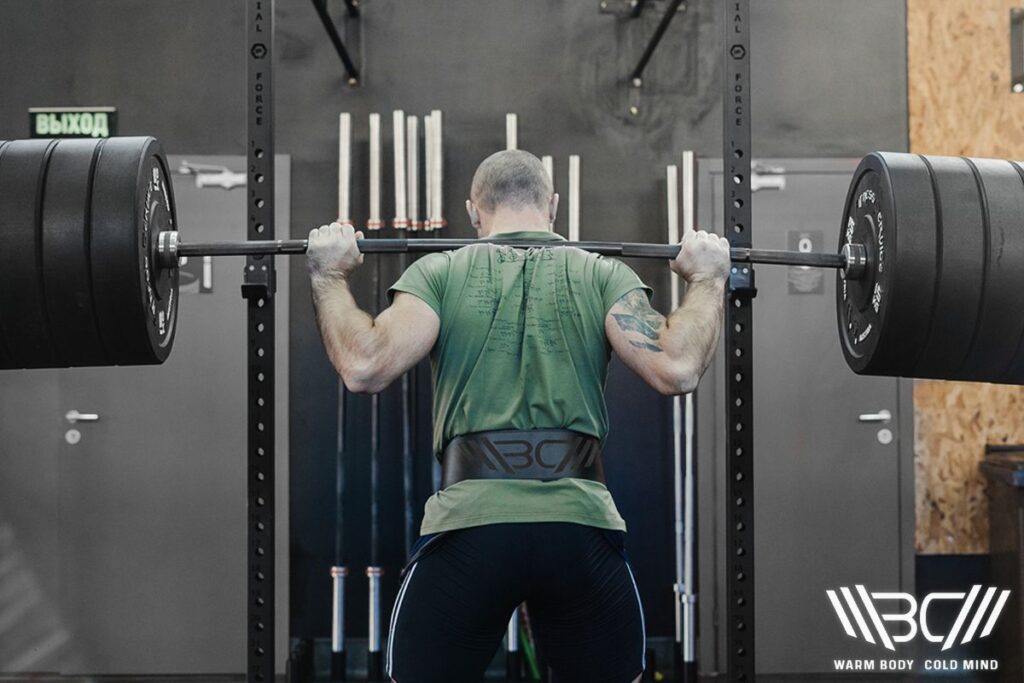
How to Choose the Right Weightlifting Belt for Squats?
Here is how to choose the right weightlifting belt for squats:
1. Material
Many weightlifting belts are constructed with either nylon or leather. Every type of material has its pros and cons.
For instance, multi-layer leather belts are often pinchy and stiff and may require a bit of breaking in.
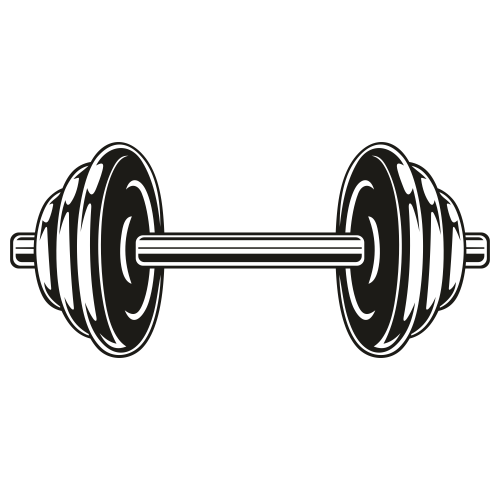
Pro Tip:
2. Thickness
The thickness of a belt is a measure of how thick a belt is, while the width is a measure of its length on your torso. Generally, thicker belts are more rigid on the spine. This will help in heavier lifts and lifts requiring less range of motion. However, rigid and thicker belts will affect lifts requiring a wide range of motion.
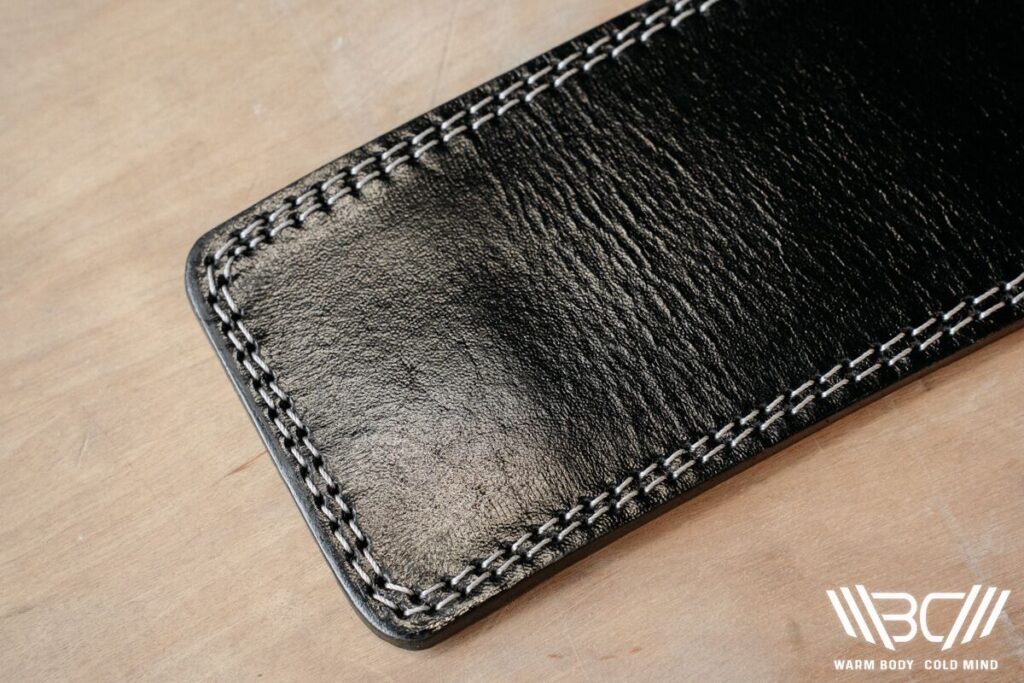
3. Tightness
The general notion to determine the tightness of a belt is to secure it around your belly button and fit one finger between the belt and your body. Ensure you buy a belt with the right size. If you need to secure it at the last degree, or you find it difficult to enlarge your diaphragm, you may have gotten the wrong size.
4. Latching
Many nylon belts are secured with Velcro. Velcro is good for quick adjustment, but it’s less secure.
Leather belts often come with levers and prongs.
Since lever belts are fixed, it isn’t easy to loosen or unfasten the bind of the belt. The pros are it offers maximum security. You may never experience it open during a squat session.
Prong belts offer a mix of adjustability and security. You can easily adjust it if you gain or lose weight.
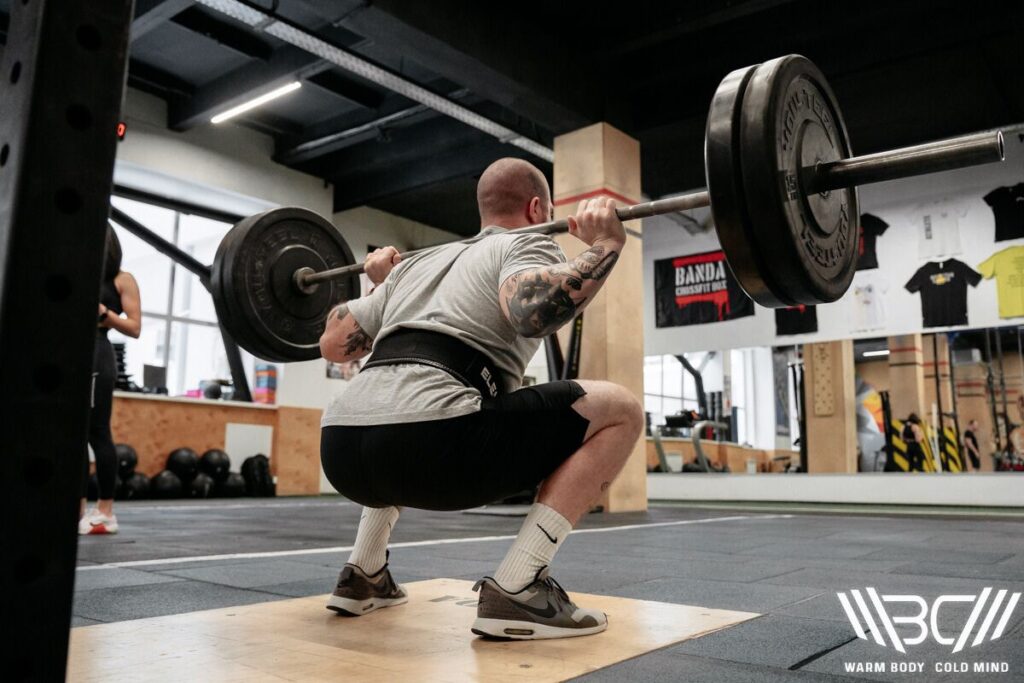
Brief Review of Our Products We Recommend
1. WBCM Leather Weightlifting Belt
Leather Weightlifting Belt is our product that we recommend. This heavy-duty product with Double Roller Stainless Steel Buckle is crafted by our super team leader, Olympic lifter Oleksiy Torokhtiy and comes in different sizes. From small to extra large, there’s a size for everyone.
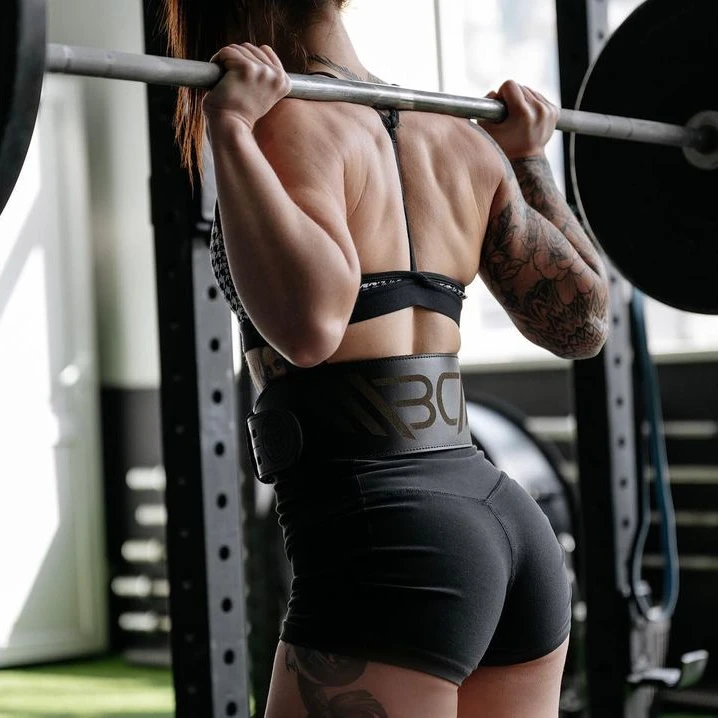
Produced with Genuine A-Grade 6 mm Leather, our product offers a 4-inch wide comfortable back and core support for men and women. It is uniquely designed with laser printing for those with a unique ambition.
2. WBCM Nylon Weightlifting Belt
Nylon Weightlifting Belt is another of our products we recommend. This high-quality product is designed by our European and World Weightlifting Championships winner, Oleksiy Torokhtiy.
With its durable and lightweight materials, you can experience optimal comfort while chasing your dreams.

Produced with a self-locking mechanism, our product ensures an optimal fit and support for all your lifts.
Supported for a wide range of exercises, our product comes in different dimensions
How to Properly Wear a Lifting Belt for Squats?
Here’s how to properly wear a lifting belt for squats:
1. Place the Belt in the Proper Position
Wearing your belt for squats will be based on your leverage, technique, and sport. However, the general rule is to wear them around the belly button. You can move a few inches up or down to find a comfortable and strong fit.
After ensuring the belt is comfortable, you can perform some bodyweight squats with your regular techniques for weighted squats.
2. Assess Whether You Feel Comfortable or Hitting the Right Depth
While performing a few bodyweight squats, it’s vital to check whether you feel comfortable or if you’re hitting your desired depth.
If you observe any discomfort, pain, or pinches, you can readjust your belt till you find the right and comfortable spot.
3. Check Its Tightness
You should not tighten your belt too firmly. Loosen your belt to the point that you can fit a finger or two between your body and the belt.
This implies that you can still get a full breath with whatever lever or notch position you choose. Without a full breath, you cannot brace properly, and you will limit your body’s intake of oxygen.
This implies that you can still get a full breath with whatever lever or notch position you choose. Without a full breath, you cannot brace properly, and you will limit your body’s intake of oxygen.
4. Set Your Brace Properly
Ensure you set your brace properly and tighten your belt before unpacking the bar.
Most weightlifters first put on their wrist wraps, wear the belt, secure their grip on the bar, and wedge themselves beneath the bar.
After your back is tight and your feet are in a good position to unrack the bar, take a deep breath and go as tight as possible before performing a squat.
5. Breathe and Restart Your Brace Before Each Rep
It’s advisable to take a deep breath before resetting each rep to avoid fatigue and losing momentum.
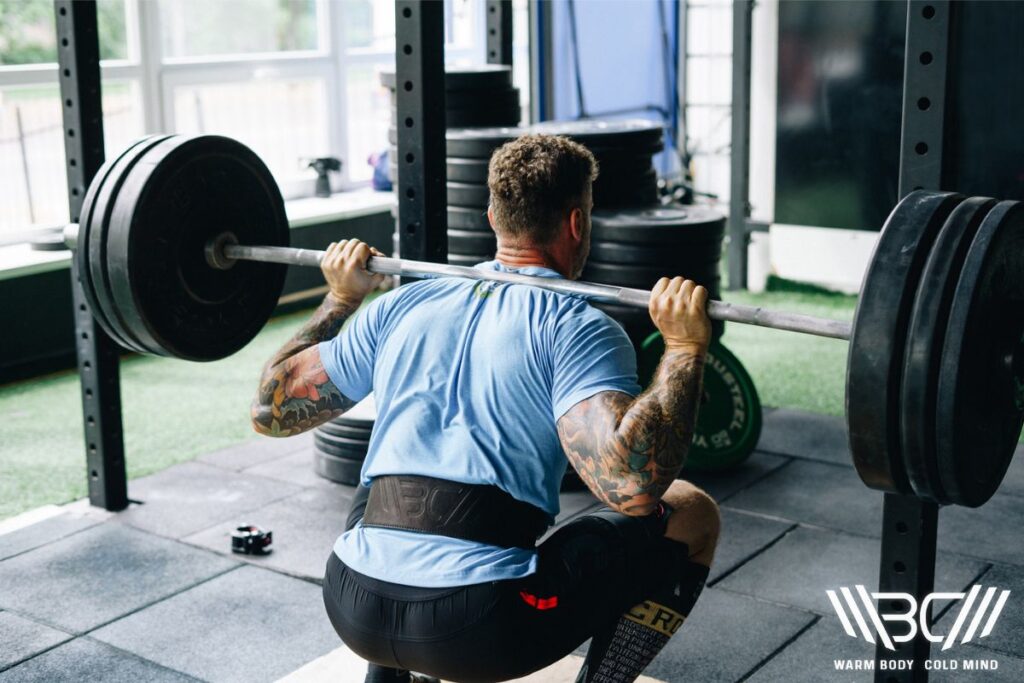
Basic Mistakes When Using Lifting Belts for Squats
1. Not Knowing the Basic Function of a Lifting Belt
Many weightlifters have a misconception about the basic function of a lifting belt. Contrary to popular belief, a lifting belt’s primary function is not to support the back but instead to support the spine and increase the intra-abdominal pressure.
2. Not Knowing How to Use It Effectively
Not knowing how to use a belt effectively can affect its function and your desired results.
As a rule of thumb, to use the belt effectively, you need to apply the Valsalva maneuver. This refers to the practice of taking a large breath into your belly and attempting to exhale with a closed throat.
3. Tightening the Belt Too Firmly
Tightening the belt too firmly can affect bracing and intake of oxygen, which are vital to achieving your target weightlifting goals.
As a rule of thumb, ensure the belt is loose enough that one or two fingers can come between the belt and your body.
4. Wearing It in the Wrong Position
Wearing belts wrongly can render it ineffective and cause more harm than good.
You should wear the belt around your belly button for optimal support and performance. Ensure you’re comfortable and the belt is not impeding your movements.
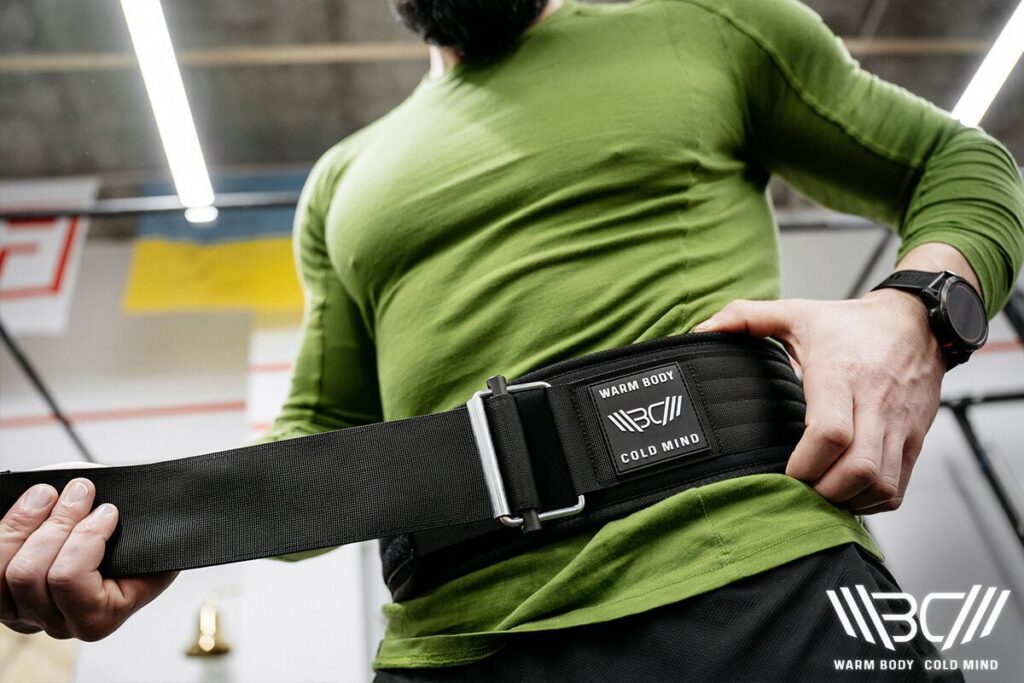
FAQ
Is Using a Belt for Squats Good?
Yes, using a belt for squats is good. It offers core support, boosts performance, and increases intra-abdominal pressures.
Are Belt Squats Harder?
Belts squats are not harder when compared to regular squats. This is because belt squats are less demanding to the spine and offer core support.
At What Weight Should I Use a Belt for Squats?
A few weightlifting coaches advise that you should start using a belt for squats once you can squat your body weight.
Is Squatting With a Belt Bad?
No. Squatting with a belt is not bad because it improves abdominal pressure and reduces lower back stress and the risk of injuries.
How Much More Weight Can You Lift by Wearing a Belt for Squats?
With a belt for squats, most athletes can lift 5 – 15% more weight. This is because a squatting belt activates core and leg muscles, provides support for the lower back spine, and increases abdominal pressure.
Conclusion
Squatting with a belt has its advantages and disadvantages. Some benefits include improving performance, activation of core and leg muscles, and trunk stability. Belts for squats also reduce lower back stress and the risk of injuries.
Some disadvantages include a false sense of security and support, a crutch, and slowing down growth for new lifters.
Before choosing any squatting belt, it’s vital to consider its material, thickness, tightness, and latching. It’s vital to wear a squat properly to maximize its benefits.
Our recommended products are Leather Weightlifting Belt and Nylon Weightlifting belt. Produced with high-quality and breathable materials, both products are crafted by our weightlifting champion and offer optimal support and comfort.
Did you learn something new? Have you used a belt for squats before? How was the experience? Did you notice any changes? Did you experience discomfort? How did you deal with it? Share your thoughts in the comments.
References:
- Frank, Clare, Alena Kobesova, and Pavel Kolar, ‘Dynamic Neuromuscular Stabilization & Sports Rehabilitation’, International Journal of Sports Physical Therapy, no.1 (2013): 62–73.
- Dusan Blazek, Petr Stastny, Adam Maszczyk, Magdalena Krawczyk, Patryk Matykiewicz and Miroslav Petr ‘Systematic Review of Intra-Abdominal and Intrathoracic Pressures Initiated by the Valsalva Manoeuvre during High-Intensity Resistance Exercises’, Biology of Sport, no.4 (2019): 373-386.
- Bauer, Jeffrey A., Frx Andrew and Carter Cory, ‘The Use of Lumbar-Supporting Weight Belts While Performing Squats
- Erector Spinae Electromyographic Activity’,
- Journal of Strength and Conditioning Research 13 n.4(1999):384-388.
- Giorcelli RJ, Hughes RE, Wassell JT, Hsiao H, ‘The effect of wearing a back belt on spine kinematics during asymmetric lifting of large and small boxes.’ Spine vol. 26,16 (2001): 1794-8.
- Lander JE, Simonton RL, Giacobbe JK, “The effectiveness of weight-belts during the squat exercise.” Medicine and science in sports and exercise vol. 22,1 (1990): 117-26.
Author: Sergii Putsov
PhD in Sport Science, Olympic weightlifting, Strength & Conditioning coach and fitness expert
Sergii Putsov is a professional weightlifter with over 20 years of experience and multiple national medals. He was a member of the National weightlifting team, competing in the 94 kg weight class. Sergii holds a master’s degree in Olympic & Professional Sport Training and a Ph.D. in Sport Science. After his athletic career, Sergii transitioned into coaching and is now responsible for designing training programs, writing blog articles, providing live commentary for international weightlifting competitions, and hosting sport and fitness seminars worldwide.

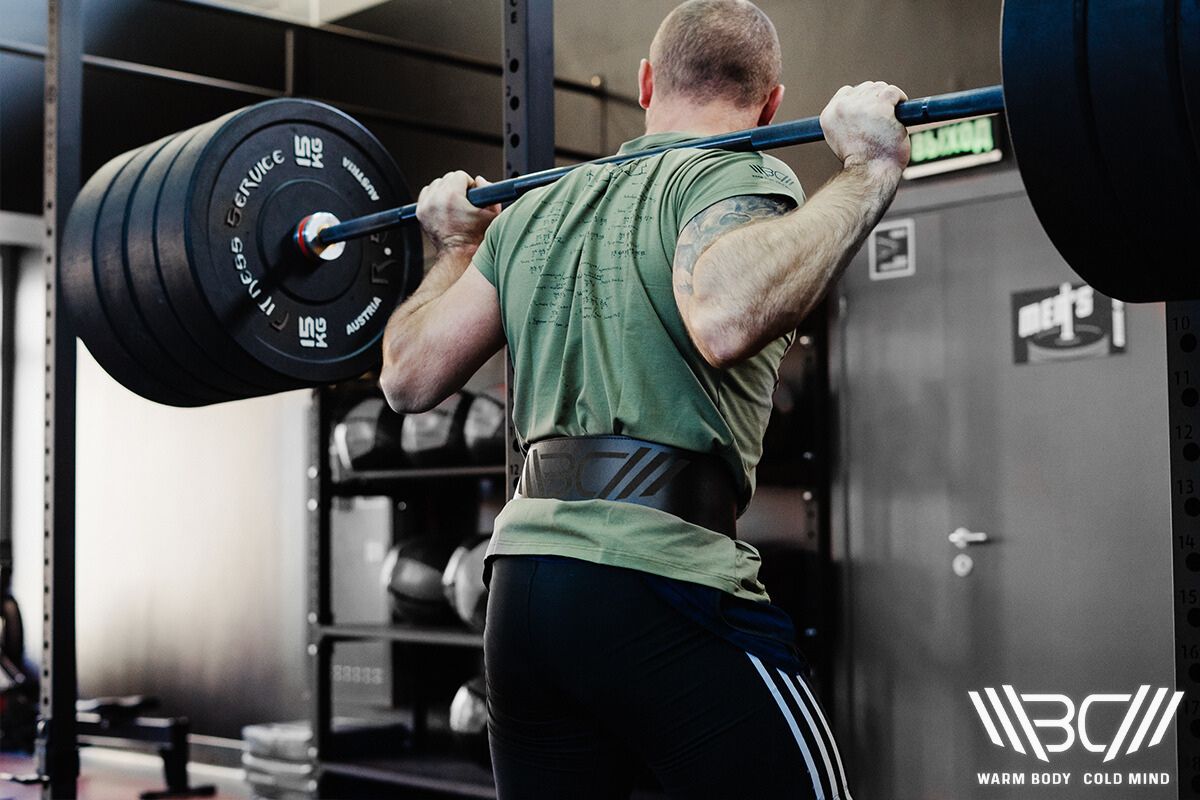
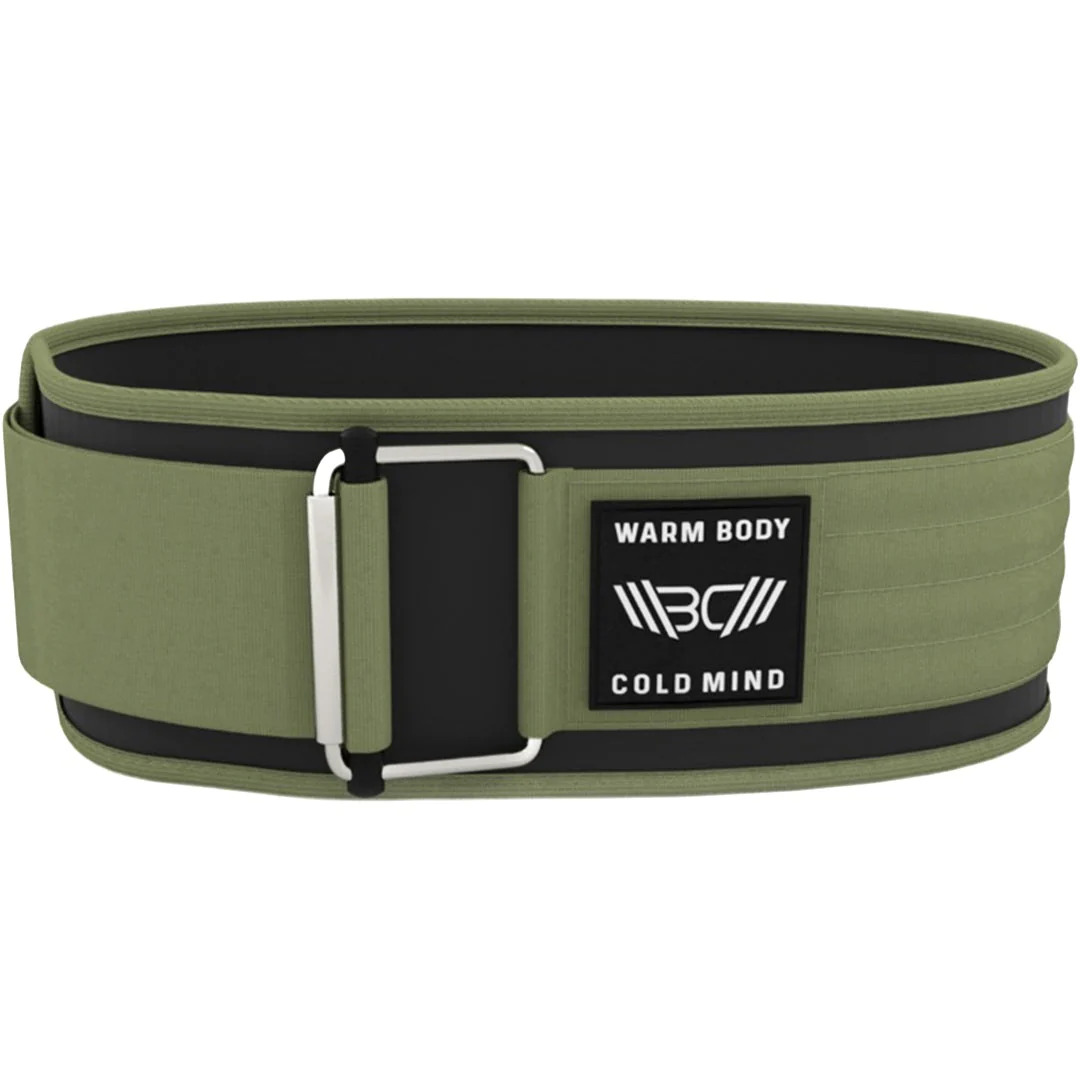
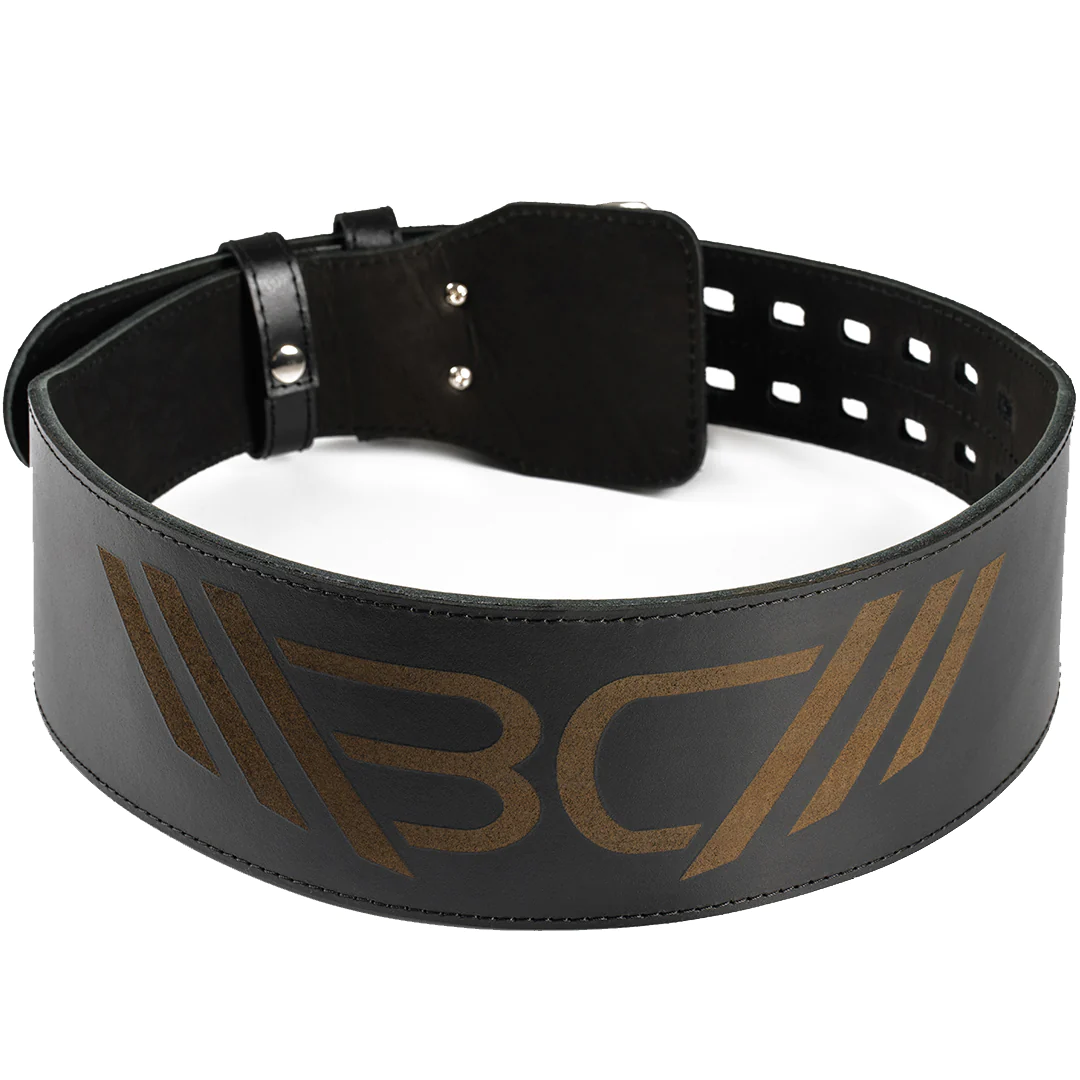
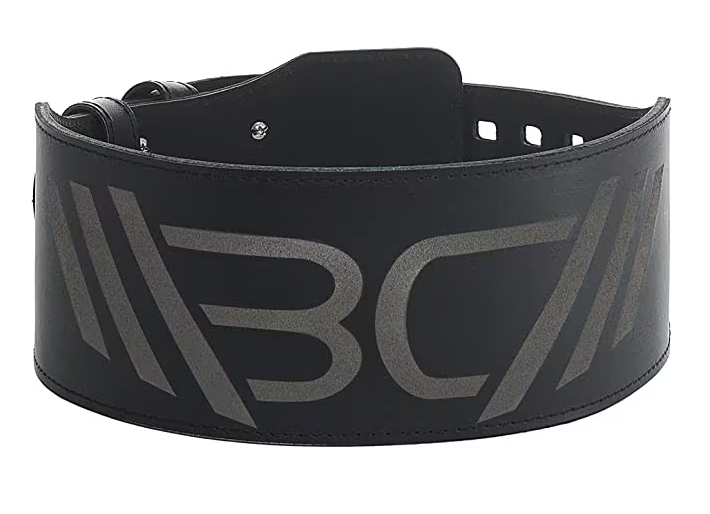
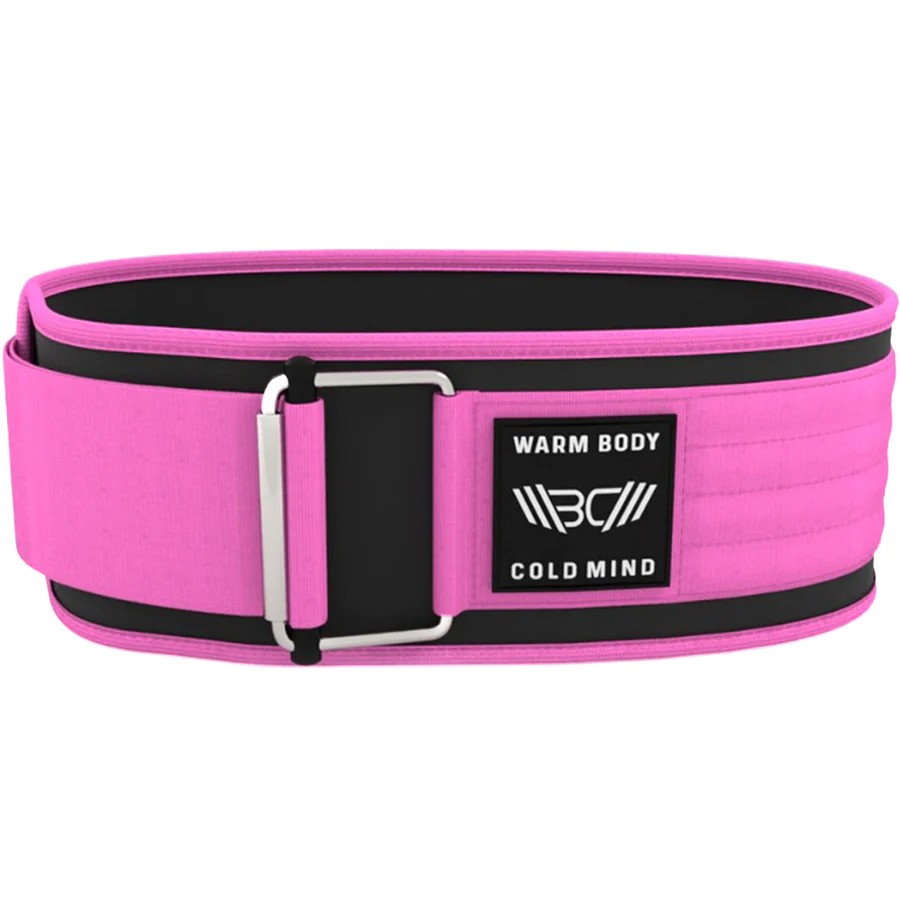

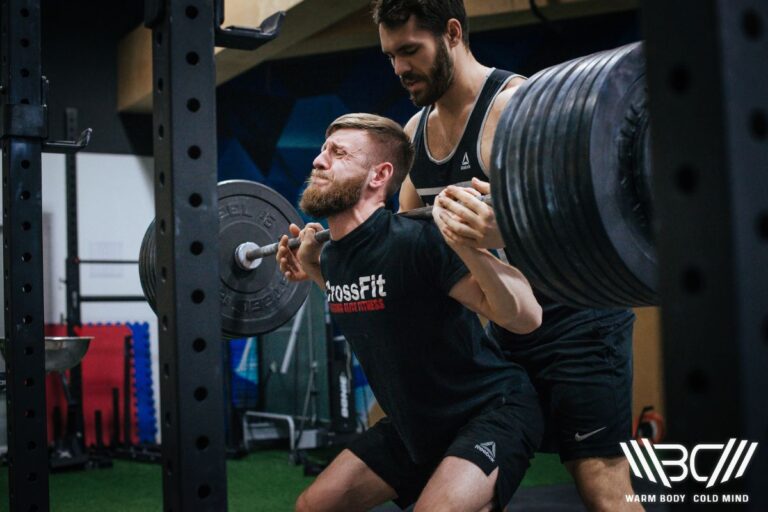
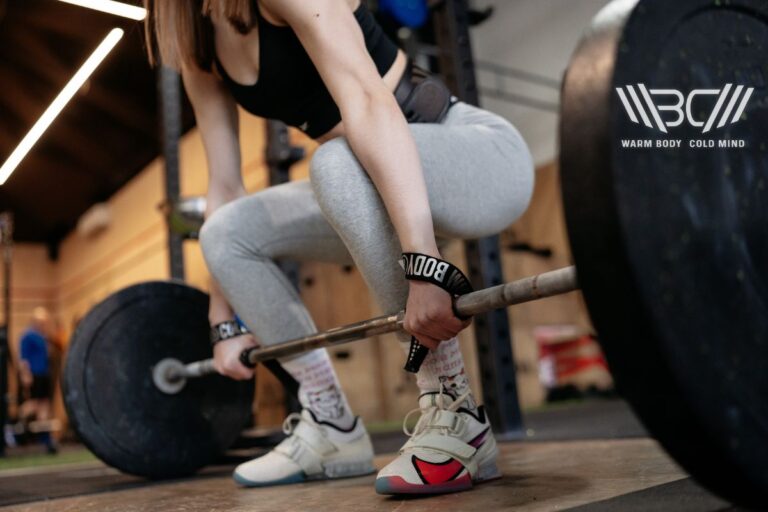
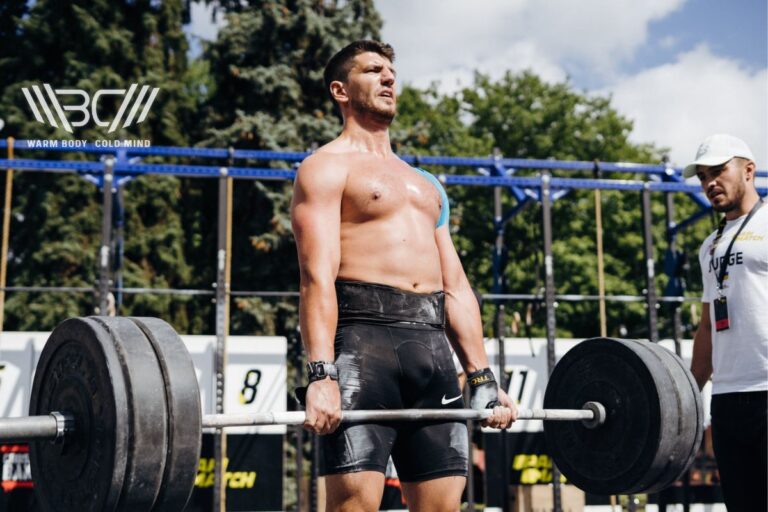
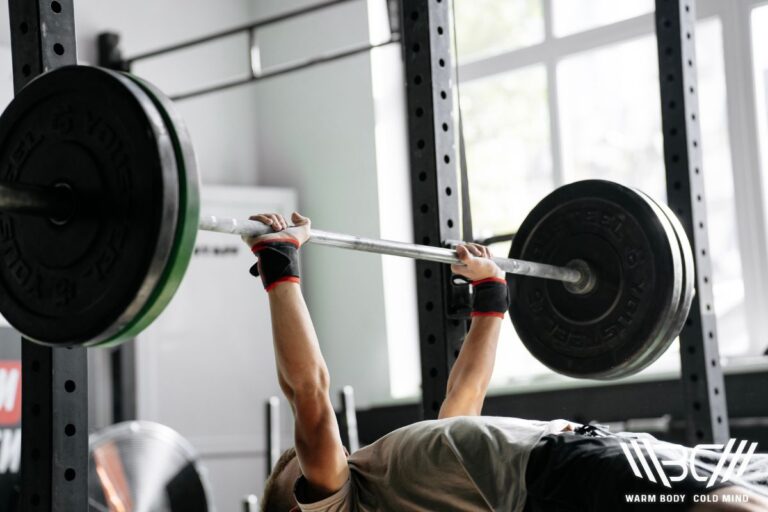
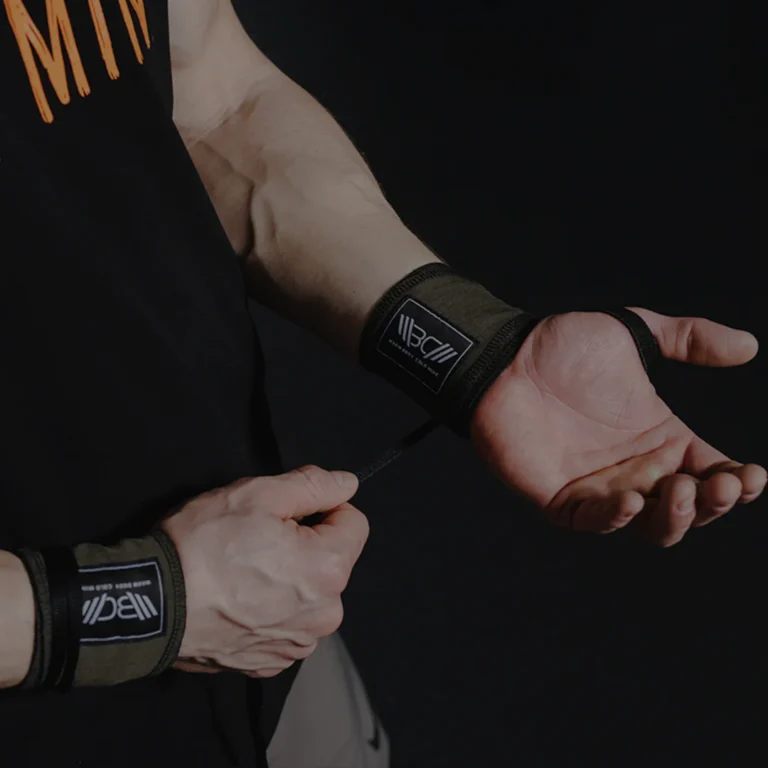
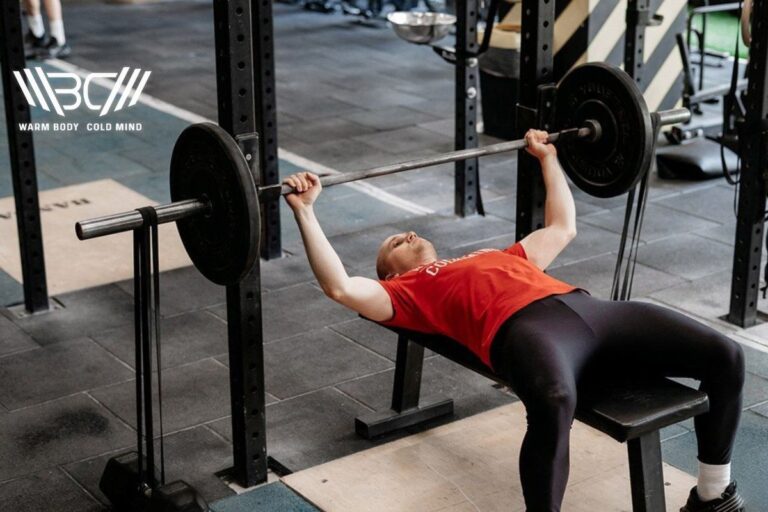
Everything is simple, accessible, understandable.